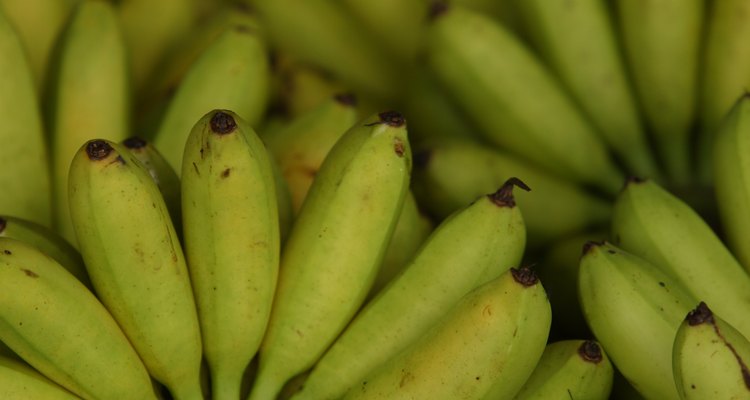
Photos.com/Photos.com/Getty Images
Common tropical fruits that most people eat include bananas, pineapples and oranges. However, many other tropical fruits are available for eating fresh, in salads, juices and desserts. Local grocery stores and fresh markets carry fruits grown all over the world, making exotic tropical fruits grown in faraway countries easily available to everyone.
Banana
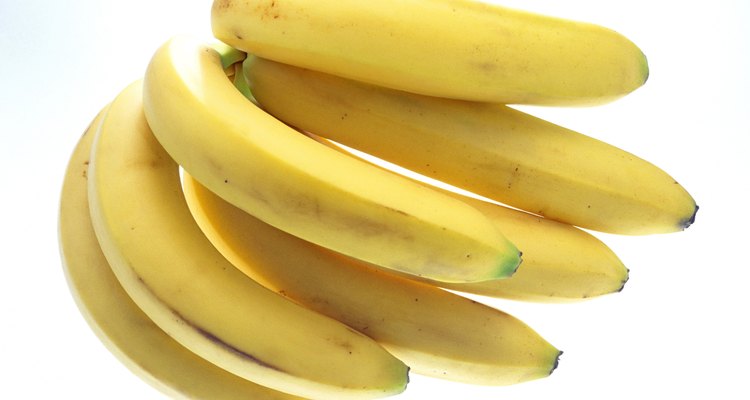
Goodshoot/Goodshoot/Getty Images
The banana plant is native to tropical Asia where it grows wild in forests and hills. Bananas are grown in more than 100 countries worldwide. They grow in a wide range of sizes depending on the variety, from 3 to 18 inches long. The fruit grows in bunches from the top of the plant, which is technically a flowering herbaceous plant, not a tree. There are two kinds of bananas: dessert bananas familiar to most in the grocery stores, and plantains, which are not eaten raw but are cooked, usually deep fried. Other ways bananas are eaten include baked, steamed, in jams and baked into pancakes and breads.
Breadfruit
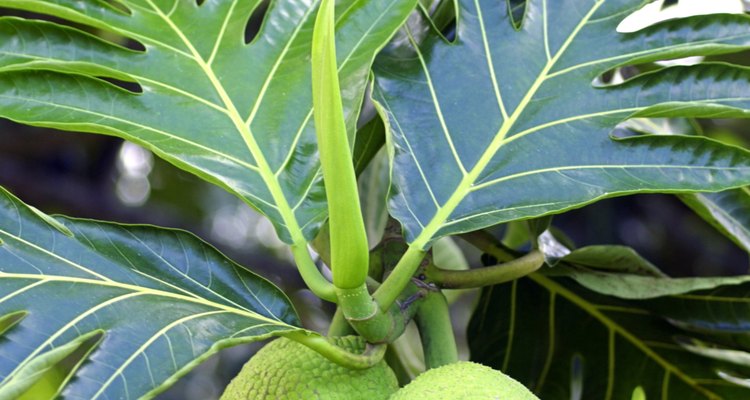
Thinkstock Images/Comstock/Getty Images
Breadfruit is a flowering tree native to the Malay Peninsula. The trees grow up to 85 feet tall and produce latex in addition to fruit. They have both male and female flowers on the same tree and produce as many as 200 fruits per season. The fruit is large, oblong and light green, with a white starchy flesh and bumpy skin. The fruit, tasting like potatoes or bread, is roasted, baked, boiled and fried, as well as made into different foods such as poi.
Cherimoya
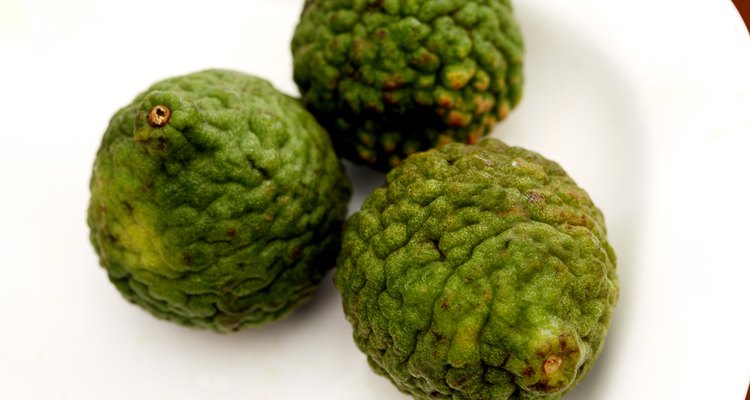
Visage/Stockbyte/Getty Images
Cherimoya, also called custard apple, is a fruit that grows on a small tree or shrub native to high altitude tropical areas of the South American countries of Bolivia, Chile, Peru, Ecuador and Columbia. The fruits are grapefruit-sized and oval with green scaled skin and sweet white flesh that tastes like pineapple and banana, with peach and strawberry flavors in different varieties. Inside the fruit are large black seeds. While the plant prefers a cool period, it can’t tolerate snow and is grown in tropical and subtropical areas.
Mango

Jupiterimages/Photos.com/Getty Images
Mango is a tropical fruit that grows on large trees native to India, where it has been grown for thousands of years. Mango is grown commercially in India, Mexico, Australia and the United States, with thousands of varieties in cultivation. The mangoes that most people see in their grocery stores are large, grapefruit-sized oblong fruits that are green when immature and reddish yellow when ripe. They have leathery skin, firm, sweet yellow or orange flesh and a tough pit in the center of the fruit. Mango is eaten raw, pickled, cooked into savory dishes and made into desserts such as ice cream and fruit compote.
Related Articles
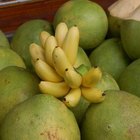
Foods From Rainforest Plants

Information About the Orange Fruit

Types of Greek Fruits & Vegetables

How to Keep Pomegranate Fresh

Fruits or Vegetables Starting With X
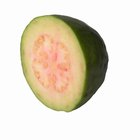
How to Peel Guava

How to Freeze a Prickly Pear Cactus

Are Buckeyes & Chestnuts the Same?

How to Make Melon Ice Cream

How Long Does Banana Bread Stay Fresh?

Can You Eat Clementines With the Peel?
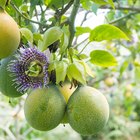
How to Eat a Maypop When Ripe

Does Mango Turn Brown?

The History of Butternut Squash

Do Bananas Ever Get Too Rotten to Cook?
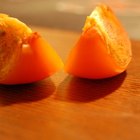
How to Use a Colander to Remove ...

How Much Fiber Is in a Tangerine?
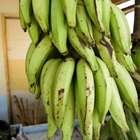
Facts About Plantains

How to Juice a Daikon Radish

How to Julienne Jicama
References
- “Handy Pocket Guide to Tropical Fruits”; Wendy Hutton and Alberto Cassio; 2004
- “Growing Tasty Tropical Plants”; Laurelynn Martin and Byron Martin; 2010
- “Fruit: Edible, Inedible, Incredible”; Wolfgang Stuppy and Rob Kesseler; 2008
Writer Bio
Heidi Cardenas specializes in human resources, business and personal finance, small-business advice, home and garden and home improvement. Her professional background includes human resources and business administration, technical writing and corporate communications. She has studied horticulture and business administration, and enjoys guest blogging for publications including Herb Companion Magazine, Natural Home Living Magazine, and Mother Earth Living.
Photo Credits
Photos.com/Photos.com/Getty Images